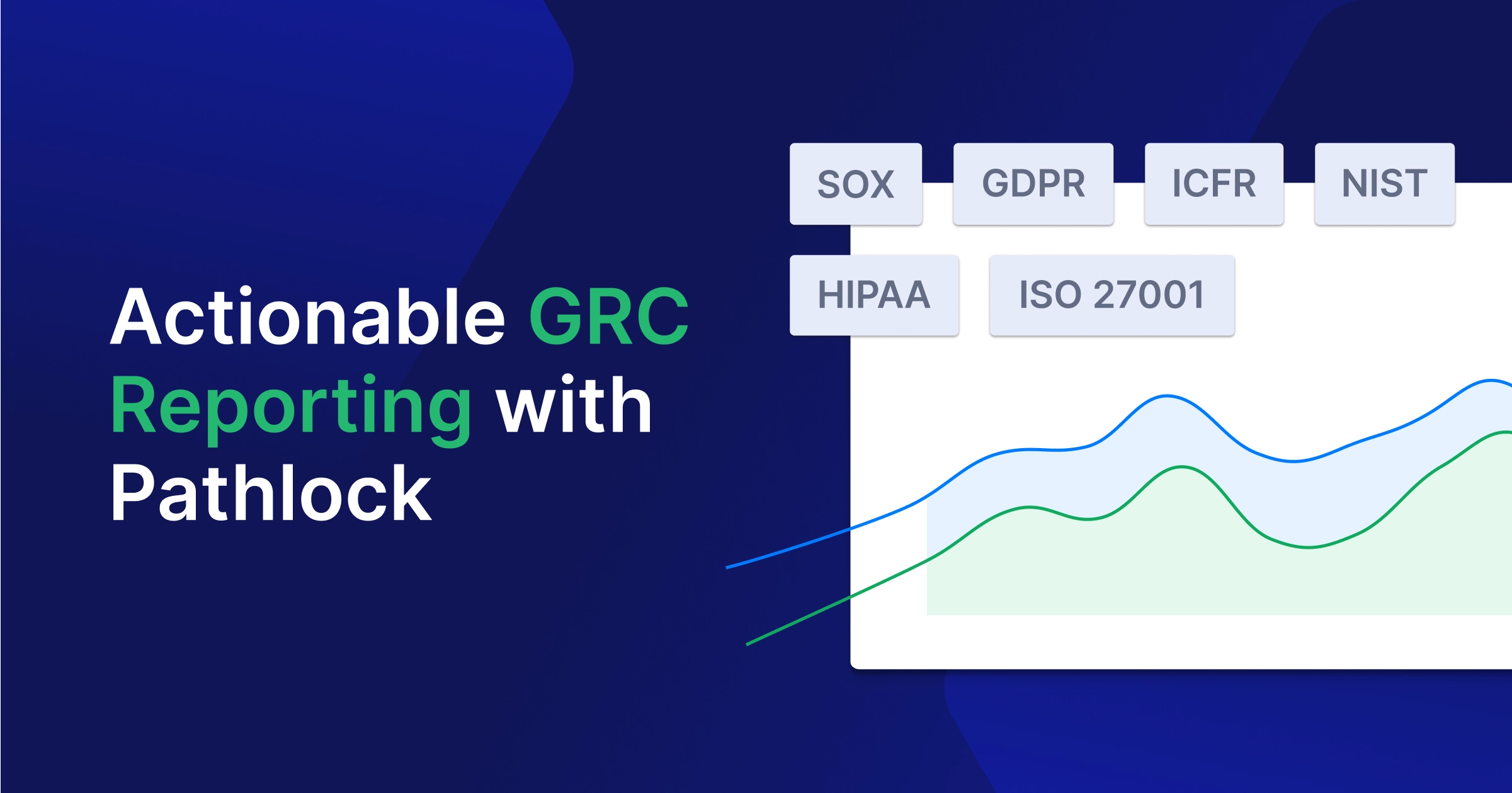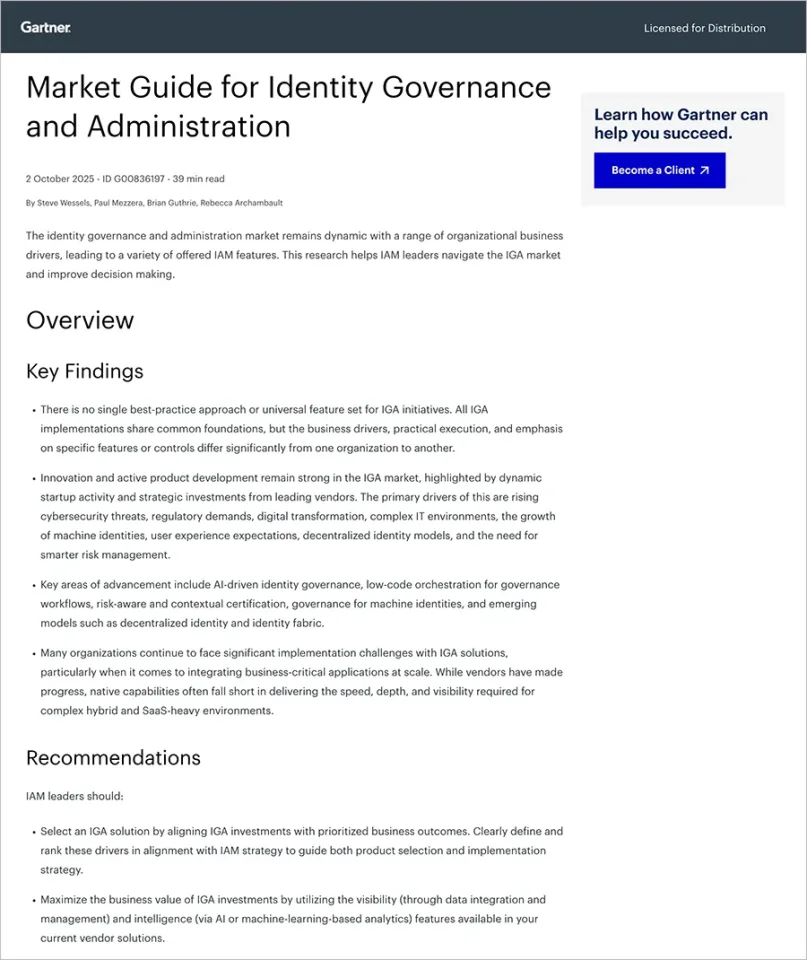As businesses continue to rely more heavily on technology and digital processes, the risk of cyberattacks and data breaches increases. New types of attacks are targeting new types of technology, creating a near-infinite mosaic of threat surfaces, attack vectors, and potentially disastrous outcomes for organizations and enterprises. With cybercrime becoming more sophisticated, it’s important for organizations to implement a comprehensive vulnerability and threat management program to protect themselves from these risks.
In this blog post, we’ll cover the basics of vulnerability and threat management, including what they are, why they’re important, and how they can help businesses stay secure. We’ll also discuss some of the key components of an effective vulnerability and threat management program and provide tips for choosing the right solution for your organization.
What is Vulnerability and Threat Management?
Vulnerability and threat management (VTM) is a critical component of a company’s cybersecurity strategy. It involves identifying and analyzing vulnerabilities within a company’s network, applications, and systems, as well as evaluating the likelihood and impact of potential threats.
The goal of VTM is to proactively manage vulnerabilities and threats to prevent security breaches, data loss, and other security incidents. This includes implementing security controls and mitigation strategies, as well as continuously monitoring and assessing the organization’s security posture.
With the increasing sophistication of cyberattacks and the growing complexity of IT environments, VTM has become an essential practice for companies of all sizes and industries.
The Difference Between Risks, Threats, and Vulnerabilities
When it comes to cybersecurity, it’s essential to understand the difference between risks, threats, and vulnerabilities. A risk refers to the potential for harm or loss, while a threat is an external factor that could cause harm or loss. Vulnerabilities are internal weaknesses in systems or processes that can be exploited by threats, leading to risks.
To illustrate this, consider a physical security analogy. The risk is a burglary, the threat is a thief, and the vulnerability is an unlocked door or window. The unlocked door is a weakness that can be exploited by the thief to carry out the burglary, resulting in the risk of loss or harm.
In the same way, in the digital world, vulnerabilities in applications can be exploited by cybercriminals or malicious actors, resulting in risks such as data breaches, financial loss, or reputational damage. Each of these three aspects works in sequence to create often disastrous consequences for the business that has been attacked. Strong security means addressing each of the risks, threats, and vulnerabilities. Understanding these concepts is critical for effective vulnerability and threat management.
6 Steps to Effective Vulnerability and Threat Management
To effectively manage vulnerabilities and threats, it is crucial to have a detailed plan in place. The following six steps can help organizations to develop and implement an effective vulnerability and threat management program.
1. Perform penetration testing
Penetration testing involves simulating an attack on your network or system to identify vulnerabilities that could lead to a successful attack by hackers. This is done by hiring a team of ethical hackers to test your system’s security and identify any weaknesses. It’s important to perform regular penetration testing to ensure that your system is secure and to address any issues before they can be exploited by those who would harm you or your business.
2. Keep track of IT assets
You need to have an up-to-date inventory of all your IT assets, including hardware, software, and applications. This helps you keep track of what you need to secure and monitor. It also helps you identify any unauthorized devices or software that may pose a security risk to your system.
3. Learn about current and emerging threats
You should stay up-to-date on the latest cybersecurity threats and trends by reading security blogs and attending industry events. This will help you understand the types of attacks that are being used by cybercriminals and how to defend against them. You should also be aware of emerging threats and new attack methods so that you can proactively address any potential risks to your system.
4. Identify and fix vulnerabilities
Once you have identified vulnerabilities in your system, it’s important to prioritize and address them. This may involve patching software, upgrading hardware, or implementing new security measures. Regular vulnerability scanning and management should be a part of your security strategy to ensure that your system is always up-to-date and secure.
5. Educate employees about good cybersecurity practices
Employees are often the weakest link in a company’s cybersecurity defense. It’s important to provide regular training to educate employees about good cybersecurity practices, including knowing how to recognize phishing attempts, handle nefarious-looking emails and text messages, and utilize strong and regularly rotated passwords.
6. Use the right vulnerability and threat management tools
There are a variety of vulnerability and threat management tools available to help you manage your system’s security. These may include antivirus software, web application firewalls (WAF), intrusion detection systems, and vulnerability scanners. Choosing the right tools to protect your network is of paramount importance.
How to Find the Best Threat and Vulnerability Tools
From pricing and licensing to vulnerability prioritization, understanding the different aspects of threat and vulnerability tools can help you make an informed decision that provides the best protection for your organization. Consider the following ten criteria when selecting the right threat and vulnerability tools for your specific needs.
Affordable Pricing and Licensing
When selecting a vulnerability and threat management tool, pricing is a critical consideration. Different vendors offer various pricing models, such as per asset/IP or subscription-based.
It’s essential to consider a tool that fits within your budget and provides the necessary features you require. Before making any purchasing decisions, ensure that you understand the pricing model and what is included.
An Intuitive Interface
An easy-to-use interface is essential for any vulnerability and threat management tool. The interface should be easy to navigate, provide clear reports, and offer actionable insights. The tool’s reports should be straightforward and easy to understand, even for non-technical users.
An intuitive interface with a centralized dashboard saves time and resources, enabling you to focus on resolving vulnerabilities instead of deciphering complex reports.
Automated Scans and Reporting
Automated scans save time and resources by continuously scanning your system for vulnerabilities and threats. The tool should provide reporting features that enable you to identify trends and prioritize risks. The reporting features should be customizable to provide the information you need, such as summary reports, detailed reports, or alerts.
Regular automated scans help detect vulnerabilities and threats early, reducing the impact and potential damage to your system.
Cloud-based Services
Cloud-based vulnerability and threat management solutions provide flexibility and scalability, offloading the responsibility of maintaining hardware and software. The cloud-based solution also offers real-time updates and continuous monitoring.
You should be able to access the system from anywhere, making it easier to manage vulnerabilities and threats remotely. Additionally, cloud-based solutions typically have lower upfront costs and are often pay-as-you-go.
Integration
Integration with other security tools, such as intrusion detection systems (IDS) and security information and event management (SIEM) systems, can provide a comprehensive view of your security posture.
Integration enables you to correlate data from different systems, making it easier to identify vulnerabilities and threats across your network. This integration should be seamless and easy to set up to maximize the benefits.
Real-time Vulnerability Updates
Real-time updates are critical to stay ahead of emerging threats. Look for a tool that provides up-to-date vulnerability information and can automatically update your system to protect against new threats.
The tool should continuously monitor vulnerabilities and provide alerts when new ones are discovered, so you can take immediate action to protect your system.
Risk-based Service-level Agreements (SLAs)
A risk-based SLA ensures that your vendor provides the appropriate level of support based on your system’s risk profile. This helps to ensure that critical issues are addressed promptly.
A risk-based SLA should specify response times for different levels of risk, ensuring that high-risk vulnerabilities are resolved quickly and minimizing the potential damage to your system.
Scalability
As your organization grows, your vulnerability and threat management needs will change. Choose a tool that can scale with your organization’s growth.
The tool should be able to handle an increasing number of assets and provide the necessary features to manage vulnerabilities and threats effectively.
Support
When selecting a vulnerability and threat management tool, choose a vendor that provides excellent customer support. The vendor should offer online documentation, user forums, and responsive support teams. The support team should be knowledgeable and able to help you with any issues you may encounter.
Vulnerability Prioritization
Prioritizing vulnerabilities is critical for efficient and effective risk management. Look for a tool that provides a risk-based prioritization system, so you can focus on the most critical vulnerabilities first.
The tool should enable you to sort vulnerabilities by risk level and provide recommendations on how to address them. By prioritizing vulnerabilities, you can optimize your resources and reduce the impact of potential threats.
Manage Application Vulnerabilities And Threats With Pathlock
Choosing the right vulnerability and threat management tool can be challenging given the many options available. That’s why Pathlock offers a comprehensive set of modules to ensure that your organization stays ahead of emerging cyber threats. Here’s how Pathlock can protect your applications:
Security Patches: Pathlock tracks all the latest available patches and provides a centralised view of patches that are missing from your SAP applications. The solution then priotirizes these patches based on risk which enables security teams to create a patching schedule that results in the least downtime.
Code Scanning: Pathlock provides an automated code review that identifies and prevents code flaws from impacting security, compliance, and performance standards. More active scanning correlates to faster remediation, which makes you more secure and compliant.
Threat Detection: Pathlock provides the continuous monitoring necessary to identify internal and external threats that could affect your core business processes while integrating with your incident response applications (SIEM) and other programs to offer a comprehensive view of your threat landscape.
Want to learn more? Get in touch with our application security experts today for a demo.



